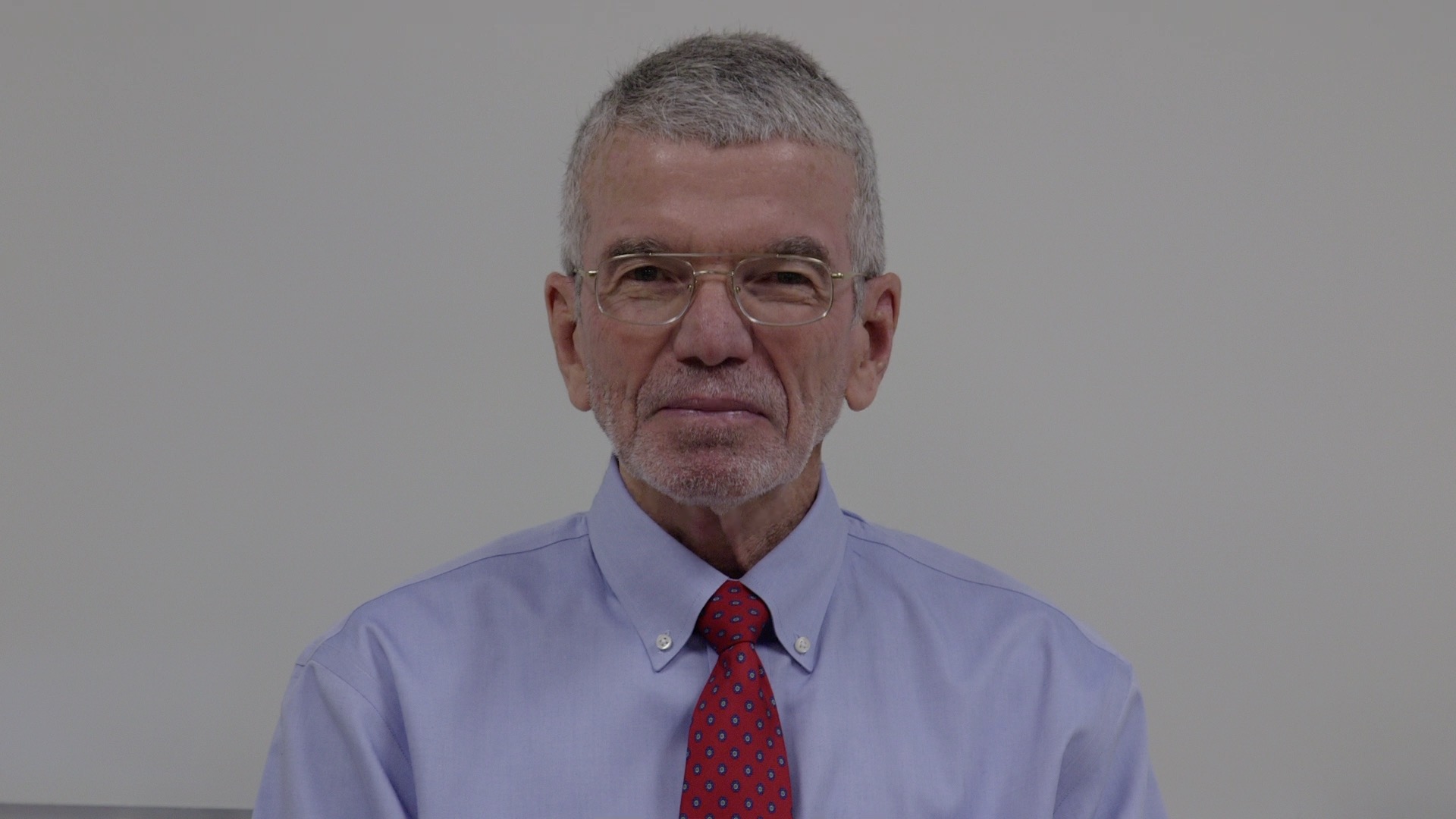Paul B. Thornton
Did you know?
Countless business change initiatives are underway all over the world. Despite good intentions, many of these efforts will fail.
Are you always successful at implementing change?
Various studies have found that 60-to-70 percent of the change initiatives don’t produce the desired results. To increase your probability of success, you need precise answers to the following questions:
- Who needs to change?
Start by identifying the “target group”—the specific people who need to change. For example, the target group might be:
- 13 vice presidents
- 45 account managers
- All employees in the customer service department
Beyond the target group, there is a “secondary group.” These are the people who support the target group. For example, if you want a child to change his behavior, the parents have to change some aspects of their behavior. In business, the secondary group is the managers of the target group as well as other influential people who impact the target group.
2. What specific changes are required?
I have heard company presidents and senior leaders make statements such as:
- “Our sales reps need to be world class.”
- “We need to change the culture to be more customer-focused.”
- “Our company needs to be more entrepreneurial.”
There is nothing wrong with general statements if they are followed by the specific changes that are needed. However, too often, leaders simply espouse vague goals like “world-class company,” “customer-focused,” and “entrepreneurial culture.” These phrases sound exciting but need further clarification.
Do employees know what changes they need to make?
If you can’t describe the required change as it relates to a person’s behavior, then the change effort is doomed to fail. Each person in the target group must understand exactly what he or she needs to start doing and stop doing.
Here are some examples of specific changes.
- By June 1st, all employees in the customer support department must to be using all aspects of the new software tools.
- By March 14th, each vice president needs to reduce the number of policies and job descriptions in their department by 30%.
3. Is the target group able and willing to change?
Able to Change
Does the target group have the knowledge, skills, and experience to make the required changes?
If the target group is unable to change, what’s needed? Some actions you can take to close the ability gap include:
- Training programs
- Coaching and mentoring
- Providing job aids
- Upgrading equipment
Willing to Change
Does the target group have the motivation, confidence, and time to make the required changes?
If members of the target group are unmotivated or unwilling to change, find out why. What’s holding them back?
- Lack confidence to learn new skills
- Consumed with other priorities
- Don’t believe the change is necessary
You need to listen and fully understand their concerns. Work through their issues as best you can. Be prepared to explain why this change is needed and how it will help the business. Also, be prepared to explain the consequences of not changing.
Some actions you can take to increase people’s motivation include:
- Providing incentives
- Affirming people’s talents
- Removing obstacles that are time-consuming and demotivating
4. Is the secondary group prepared to support the target group?
Does the secondary group know what to do and how to do it?
Members of the secondary group need to encourage and support the target group as they learn, work in new ways, and adjust to new expectations. The secondary group needs to:
- Understand the challenges the target group is facing
- Review the key metrics being used to measure progress
- Celebrate and reward short-term wins
- Encourage and support people as they both make mistakes and try new approaches
5. What is the plan?
Is your plan clear and complete?
Any type of change—individual, team, or organization— requires a plan. The plan includes all of the actions and resources needed to help the target and secondary groups succeed. In addition, the plan should include the actions needed to remove obstacles and communicate status updates on a regular basis.
The plan should list all the details, including what is to be done, by whom, and by when. A detailed budget also needs to be part of the plan.
Summary
Answering these five questions will increase the probability of successfully implementing any change initiative.
Change happens when the target group is able and willing to make it happen!
Paul B. Thornton is an author, speaker, and adjunct professor at Springfield College. His two most recent books are Precise Leaders Get Results (Motivational Press) and Leadership-Finding Your Sweet Spot (Authors Place Press). He has produced 28 short YouTube videos on various management and leadership topics. He can be contacted at [email protected].

